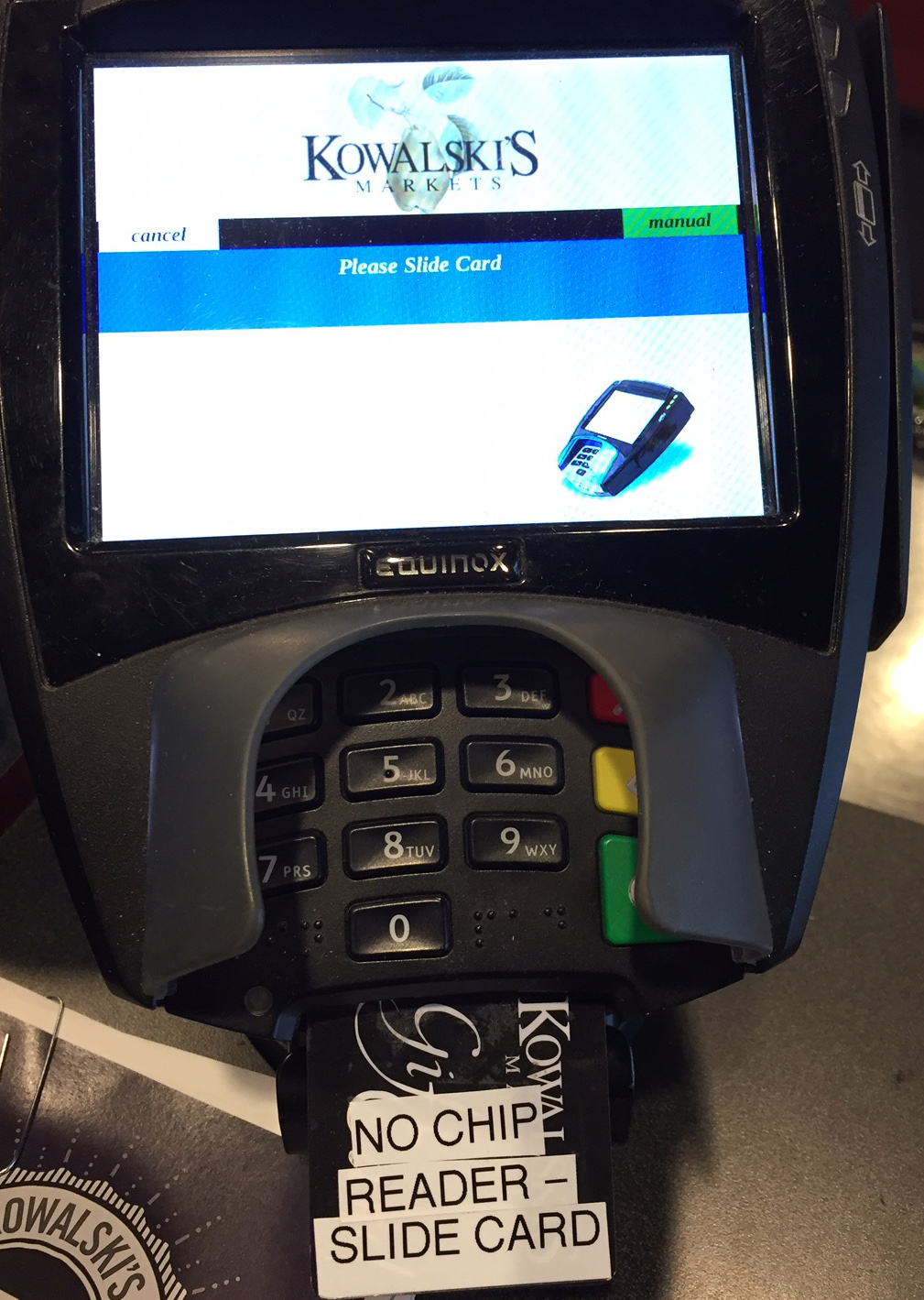Ongoing Onboarding: How Duolingo Introduces New Skills
Continue to Ongoing Onboarding: How Duolingo Introduces New Skills…
At Crux Collaborative, we’re constantly talking about the importance of consistency. This makes sense when you consider that consistency is the key to creating successful user experiences for complex, transactional websites. Establishing clear patterns for navigation, color usage, functionality, and nomenclature enables users to quickly learn the visual language and behavior of a site.
Recognizable and familiar patterns are effective because they help set and maintain users expectations. It’s easy to confidently navigate a site or process under these conditions because you know what’s going to happen when you take an action.
The value of consistency is by no means limited to websites or applications. In this article, we hope to demonstrate its importance by taking a step outside the digital realm.
People become frustrated when tasks are unpredictable—even when those tasks are mundane and simple, we crave certainty and regularity.
Certainty and regularity are not words that one would associate with using a credit card these days.
In fact, paying with a physical credit card in 2016 is a challenging and frustrating user experience
When I got my first credit card the process was to:
That process evolved to swipe your card’s magnetic strip in the machine, eliminating the risk of having your credit card number discovered on a random piece of carbon paper.
While we’ve come a long way since then, we continue to deal with massive amounts of fraud.
Security is the core business problem that needs to be solved. Everyone wants to have a safer way to purchase. I’ve personally had my credit card hijacked at least 5 times in as many years. While we can all agree that a more secure transaction is better, it seems that nobody considered how the experience of buying would change as this technology was implemented.
In an ideal world the transition to safer chip technology would be smooth and effortless, but complex systems with multiple different types of users require consistent standards. Without them we’re left with this awkward transition period – this really awkward transition period.
It’s so bad that retailers have resorted to a number of different means in order to help people pay for their stuff. We always say that if you need to make a video or provide detailed FAQs in order to help someone use your interface, there is a problem with the interface.
We all became used to swiping cards and now we have a different process. But the bigger problem is that the process is not consistent between the place you buy your groceries to the place where you buy your lunch. Users inherently look for and remember patterns. When a common process relies on set patterns and then deviates from those patterns, big breakdowns occur.

Example of a Credit Card Reader
Sometimes the old adage of keeping it simple is the best strategy for consistency. The core functional requirements of a credit card machine interface should not be different, flashy, or innovative. It should just work. That’s what users expect and they only notice (and complain) when it doesn’t. Paying for your sandwich with a credit card is a common occurrence that should not be disruptive. In fact it should be nearly transparent. If the interface works, the user can have a pleasant exchange with the clerk or the person in line behind them—rather than focusing on the terminal trying to figure out which button to press or leaving their credit card in the machine.
At Crux Collaborative we work exclusively on experiences that need to be seamless to the user. We create websites and applications that are intuitive to the point of invisibility. We analyze and think about behavior, pitfalls, and breakdowns in processes to make them consistent and more efficient. If you have a hard working application or process that needs to be optimized, please contact us— we would love the opportunity to learn more.
Sources
Continue to Ongoing Onboarding: How Duolingo Introduces New Skills…